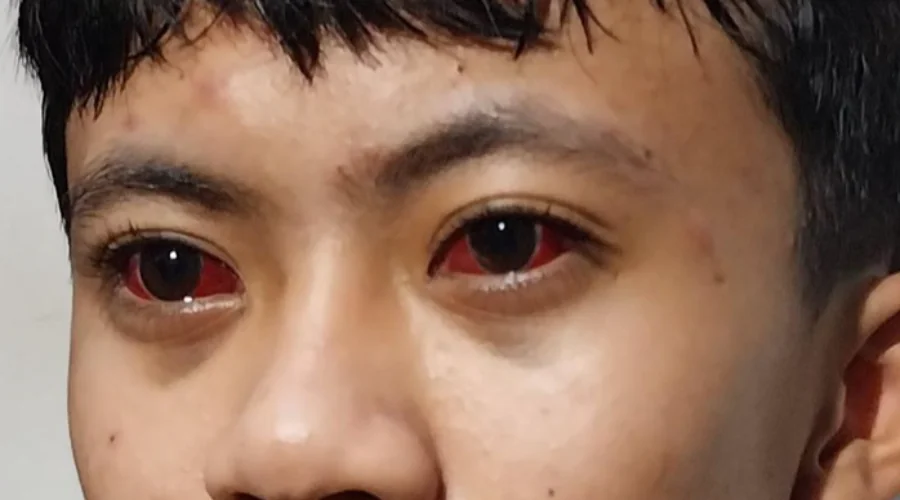
- 12 Oct
- 2022
Aremania korban tembakan gas air mata polisi (Foto: M Bagus Ibrahim/detikJatim)
UM Surabaya Faculty of Medicine Lecturer Calls Tear Gas Dangerous: It Can Cause Bleeding to Corneal Erosion
For the past few days, photos of the victims of the Kanjuruhan tragedy have gone viral, their eyes turning red and never going away. The lively case was responded directly by UM Surabaya Faculty of Medicine Lecturer Rini Kusumawardhany who is an eye specialist.
Rini said that tear gas consists of a variety of different chemicals, including: Chloroacetophenone (CN), Chlorobenzylidenemalononitrile (CS), Chloropicrin (PS), Nromobenzylcyanide (CA) Dibenzoxazepine (CR).
Although often referred to as tear gas, the active compound is not actually a gas but a solid. CS tear gas material is aerosolized as microencapsulated microparticles 3- to 10 µm in aerosols.
“Contact with tear gas causes irritation to the respiratory system, eyes and skin. The pain occurs because the chemicals in the tear gas bind to one of the two pain receptors called TRPA1 and TRPV1," said Rini Wednesday (12/10/22)
Rini explained, TRPA1 is the same pain receptor as capsaicin's target in pepper spray.
The use of chemical mixtures should be at the lowest possible concentration. This is similar to the case of chemical acid or alkaline eye trauma where the pH concentration greatly affects the severity of symptoms, prognosis and complications.
He mentioned that the effects of tear gas, among others, will cause chemical irritation which is generally expected to cause lacrimation or watery eyes, blepharospasm, namely difficulty opening the eyes, superficial pain such as a burning sensation in the eye, allergic reaction contact dermatitis in the eye and blurred vision.
"Meanwhile, long-term exposure or close-range exposure to tear gas can cause blindness due to damage to the optic nerve (traumatic optic neuropathy), bleeding (subconjunctival bleeding), cataracts (traumatic cataract), corneal erosion and chemosis (swelling of the lining of the eye)," he said again.
Rini also explained that the first treatment for eyes affected by tear gas must be removed from exposure to chemicals first. Rinsing the eyes with running water or mineral water for 10-20 minutes is the most frequently recommended initial treatment to decontaminate the eyes.
Immediately take the patient to the nearest health facility for irrigation or rinsing with normal saline (saline solution).
"Based on several studies, before being referred to an ophthalmologist, irrigation with 500 ml of normal saline shows significant symptom improvement and prevents damage to the cornea that can cause blindness," concluded Rini.










(0) Comments